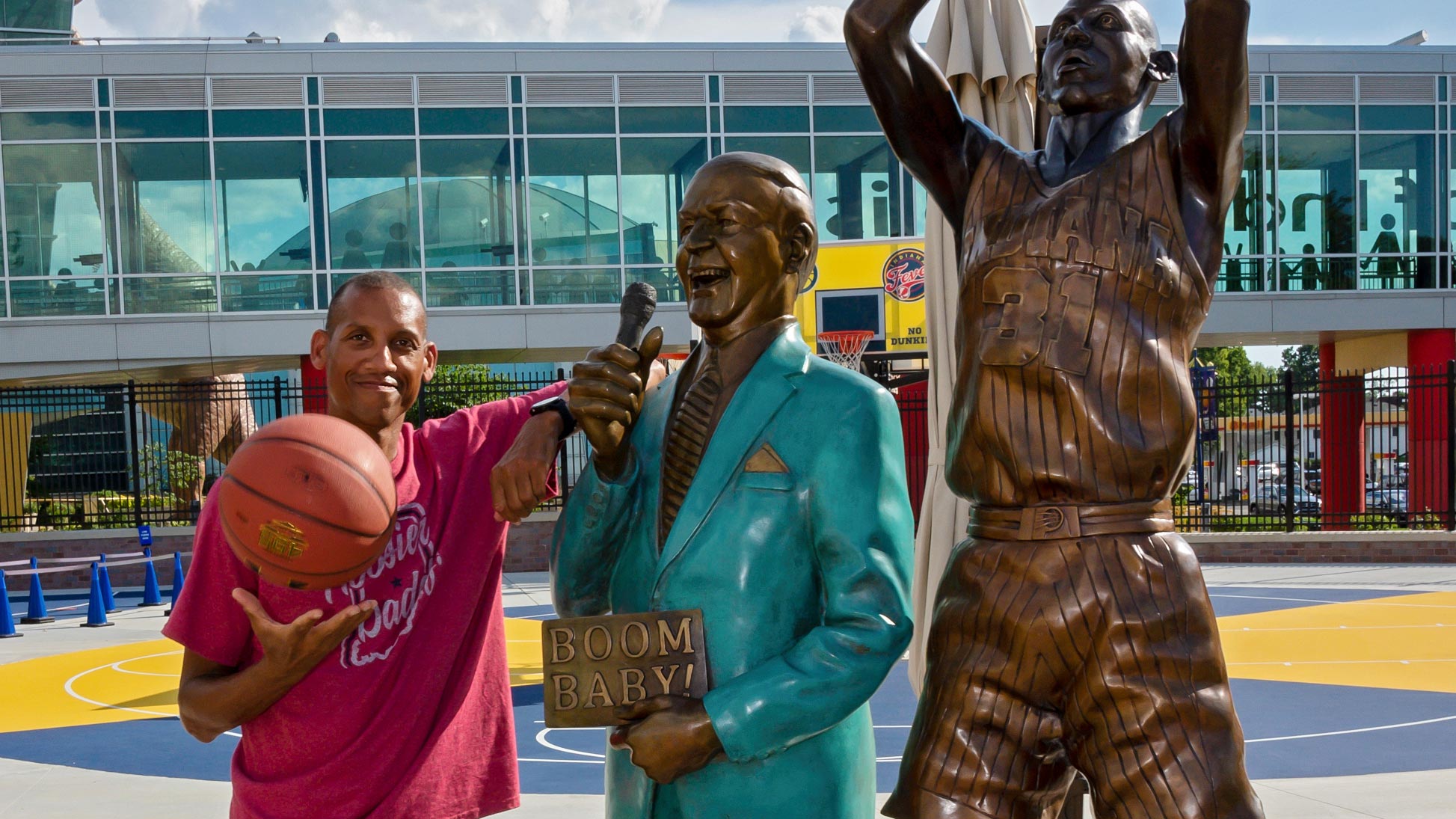June 2025
Basketball at The Children's Museum
As the world’s biggest and best children’s museum located in the heart of basketball country, hoops hysteria is woven into the fabric of our displays and experiences. Whether you’re a casual observer or a fan of dishing the rock and hitting the hardwood, be sure to check out these basketball-related opportunities found throughout the museum.


